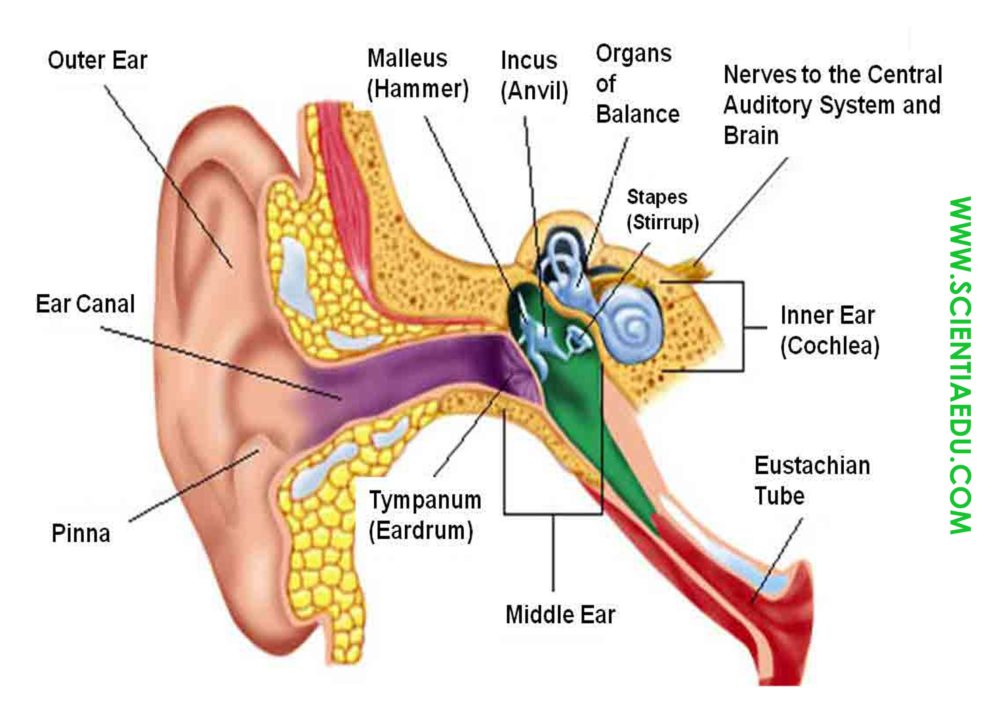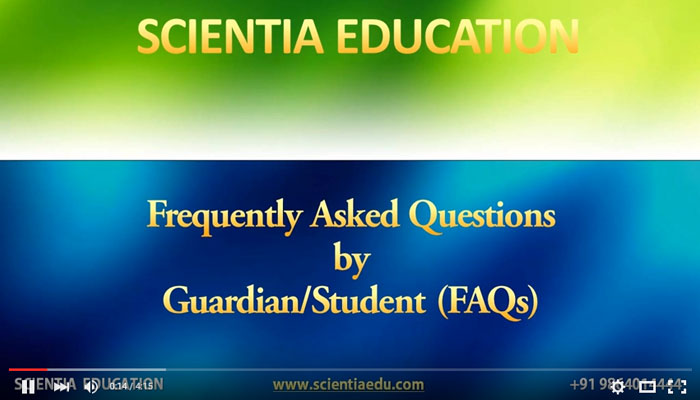MCQs on Ecology
MCQs on Ecology
- The natural place of an organism or community is known as
- Niche
- Biome
- Habitat
- Habit
The correct answer is – 3. Habitat.
- Which is the renewable exhaustible natural energy resource?
- Coal
- Petroleum
- Kerosene
- Biomass
The correct answer is – 4. Biomass.
- According to Shelford’s Law of Tolerance, the organisms wide environmental factor tolerance limit show
- Narrow distribution with low population size
- Wide distribution with high population size
- Narrow distribution with high population size
- Wide distribution with low population size
The correct answer is – 2. Wide distribution with high population size.
- Plants growing under direct sunlight are known as
- Heliophytes
- Sciophytes
- Psamophytes
- Dicots
The correct answer is – 1. Heliophytes.
- Plants growing under shade are known as
- Psamophytes
- Sciophytes
- Heliophytes
- Monocots
The correct answer is – 2. Sciophytes.
- An orchid living on a tree exhibits
- Predator
- Mutualism
- Commensalism
- Parasitism
The correct answer is – 3. Commensalism.
- Which statement is correct with respect to the food chain?
- Every component of the food chain forms a trophic level
- Inter-relation between different food chains is known as a food web
- All the chains formed by nutritional relations is used to understand energy flow.
- All of the above
The correct answer is – 4. All of the above.
- The process of vernalization is practised in
- Cold countries
- Hot countries
- Only in sub-tropical countries
- Only in tropical countries
The correct answer is – 1. Cold countries.
- Which of the following requires maximum energy?
- Secondary consumer
- Decomposer
- Primary consumer
- Primary producer
The correct answer is – 4. Primary producer.
- The bottom area where production is less than respiration in a pond ecosystem is termed as
- Profundal zone
- Tidal zone
- Benthic zone
- Limnetic zone
The correct answer is – 1. Profundal zone.
- Which is not the characteristic of ‘r’ selected species?
- Reproduce quickly
- Parental care
- A low survival rate of progenies
- Produce a large number of progenies
The correct answer is – 2. Parental care.
- Which is not the characteristic of a population?
- Natality
- Mortality
- Stratification
- Sex ratio
The correct answer is – 3. Stratification.
- Lincoln index measures
- Population mortality rate
- Population natality rate
- Population size
- Population density
The correct answer is – 3. Population size.
- Allelopathy refers to
- Inhibition of growth of one species by another by the production of toxins
- Inhibition of sporulation of pathogen by the host
- Altering the reproductive cycle of one organism by another
- Inhibition of growth of one species by another by preventing reproduction
The correct answer is – 1. Inhibition of growth of one species by another by the production of toxins.
- The ratio between energy flow at different points in a food chain is known as
- Ecological capacity
- Ecological efficiency
- Ecological assimilation
- Ecological potential
The correct answer is – 2. Ecological efficiency.
- The ability of a population to increase under ideal environmental conditions is called
- Natality
- Carrying capacity
- Biotic potential
- Absolute natality
The correct answer is – 3. Biotic potential.
- In an ecosystem, the energy flow is always
- Always unidirectional
- Always bidirectional
- In any direction
- Always down directional
The correct answer is – 1. Always unidirectional.
- In thermal stratification, the middle region which shows vertical temperature change is called
- Mesolimnion
- Epilimnion
- Metalimnion
- Hypolimnion
The correct answer is – 3. Metalimnion.
- Select a non-denitrifying bacteria
- Pseudomonas aeruginosa
- Thiobacillus
- Thiobacillus denitrificans
- Bacillus ramosus
The correct answer is – 4. Bacillus ramosus.
- Which one is a ‘K’ selected species?
- Aspergillus
- Human
- Taraxacum
- Grass
The correct answer is – 2. Human.
- All species of Lemur are endemic to which area?
- Madagascar
- Seychelles Island
- Galapagos Island
- New Caledonia
The correct answer is – 1. Madagascar.
- The upper part of an aquatic ecosystem contains
- Nekton
- Plankton
- Benthos
- both (1) and (2)
The correct answer is – 2. Plankton.
- What type of food chain is it?
dead animals → blowfly maggot → maggots → frog → snake
- Detrital food chain
- Decomposer food chain
- Predator food chain
- Grazing food chain
The correct answer is – 1. Detrital food chain.
- Identify the mismatched pair
- Tundra – Permafrost
- Savanna – Acacia trees
- Prairie – Epiphytes
- Coniferous forest – Evergreen trees
The correct answer is – 3. Prairie – Epiphytes.
- “The pyramid of energy is always upright” states that
- The energy conversion efficiency of herbivores is better than carnivores
- The energy conversion efficiency of carnivores is better than herbivores
- Producers have the lowest energy conversion efficiency
- Energy conversion efficiency is the same in all trophic levels
The correct answer is – 1. The energy conversion efficiency of herbivores is better than carnivores.
- The population of birds declined in an area where DDT was extensively used. Why?
- The birds stopped laying eggs
- The eggs laid by the birds did not hatch
- The snakes ate the eggs
- The DDT spray killed all the birds
The correct answer is – 2. The eggs laid by the birds did not hatch.
- Which of the following lake zones has phytoplanktons in abundance?
- Littoral zone
- Benthic zone
- Limnetic zone
- Profundal zone
The correct answer is – 3. Limnetic zone.
- Plant species with a wide range of genetic distribution evolve into a local population known as
- Ecotype
- Population
- Ecosystem
- Biome
The correct answer is – 1. Ecotype.
- dB is the abbreviation used for the quantitative expression of
- The density of bacteria in a medium
- A Particular Pollutant
- Dominant Bacillus in a culture
- A pesticide
The correct answer is – 2. A Particular Pollutant.
- The eggshell of birds becomes thin by the pollution from pesticides due to the interference in the activity of
- Calmodulin
- MgATPase
- CaATPase
- Calcium
The correct answer is – 3. CaATPase.











